Why do companies choose not to pay dividends?
Dividends are payments made by a company to its shareholders, typically from profits, and are often seen as a sign of financial strength. Many investors, especially income-focused ones, expect regular dividends as part of their investment returns. However, not all profitable companies choose to distribute dividends. This raises a crucial question: Why would a company with healthy profits decide against paying dividends? Understanding this decision is essential for both investors aiming to maximize returns and business students studying corporate finance. In this article, we’ll explore how dividends work, why some companies refrain from paying them, and real-world examples of successful firms that have opted out of dividend payments.
What Are Dividends and How Do They Work?
Dividends are portions of a company’s earnings distributed to shareholders, usually on a regular schedule. They can come in the form of cash dividends, which are direct payments, or stock dividends, where additional shares are issued. Dividends play a crucial role in delivering shareholder value, especially for those relying on consistent income streams. Companies often issue dividends when they have stable profits and limited reinvestment opportunities, signaling confidence in their financial future. Mature, well-established companies like utilities or consumer goods firms typically follow this model, whereas younger firms might chart a different course.
Common Reasons Companies Choose Not to Pay Dividends
Many companies, especially in the growth phase, prioritize reinvestment in expansion over paying dividends. Businesses like Amazon and Tesla have historically reinvested profits into innovation, infrastructure, and market expansion to fuel long-term value creation. Others focus on preserving cash flow and liquidity, maintaining flexibility to navigate economic uncertainty or seize strategic opportunities. High debt levels may also prompt companies to prioritize debt repayment over shareholder distributions to protect their credit ratings and reduce financial risk. Additionally, tax considerations play a role—dividends may be taxed twice (corporate and personal level), making capital gains a more attractive option for many investors. Lastly, companies may avoid dividends to manage market perception, fearing future dividend cuts could signal weakness, and often tailor dividend strategies to their stage in the business lifecycle—with early-stage firms typically opting out, unlike their mature counterparts.
Case Studies: Notable Companies That Don’t Pay Dividends
Several prominent companies have achieved immense success without issuing dividends. Alphabet Inc. (Google's parent company) has never paid a dividend, preferring to reinvest in R&D, acquisitions, and global expansion. Investors continue to support this approach due to strong capital appreciation. Similarly, Meta Platforms (formerly Facebook) has avoided dividends to fund its aggressive push into new technologies like virtual reality and AI. These companies demonstrate that shareholder value can be achieved through growth and innovation, not just direct payouts. Their success illustrates why skipping dividends can be a strategic, investor-supported decision when aligned with a long-term vision.
Evaluating Non-Dividend Stocks: What Investors Should Know
When assessing non-dividend stocks, investors should adopt a total return approach, focusing on capital gains instead of dividend income. These companies often reinvest profits to fuel innovation, growth, or market expansion—decisions that can lead to significant stock price appreciation over time. Rather than providing short-term payouts, non-dividend stocks aim to increase long-term shareholder value through business growth and operational efficiency.
Key Metrics and Diversification Strategy
To make informed decisions, investors should closely monitor metrics like earnings growth, revenue trends, return on equity (ROE), and free cash flow. Understanding how a company reinvests its earnings can reveal its potential to outperform in the future. While non-dividend stocks can carry higher volatility, they’re a powerful tool for portfolio diversification, especially when balanced with income-generating assets such as dividend-paying stocks or bonds.
Conclusion: Aligning Strategy With Company Goals
Not paying dividends isn't a sign of weakness—it often reflects a company’s long-term growth strategy. Investors should evaluate whether a company's goals align with their own financial objectives and risk tolerance. For those seeking strong capital appreciation and long-term growth, non-dividend stocks may offer substantial upside. Ultimately, a balanced portfolio that reflects your unique strategy is key to long-term investing success.
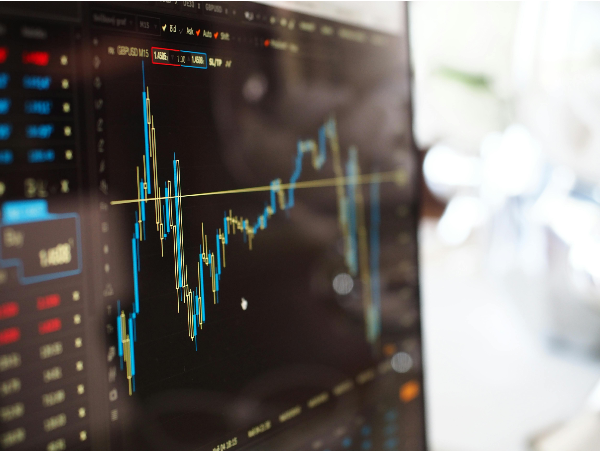

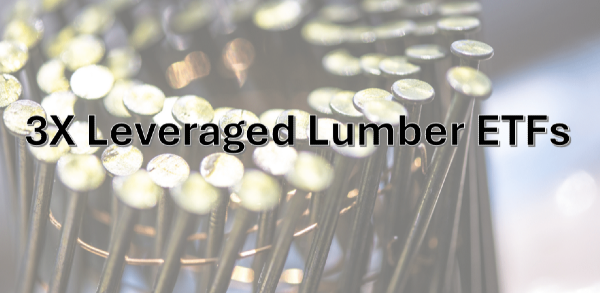












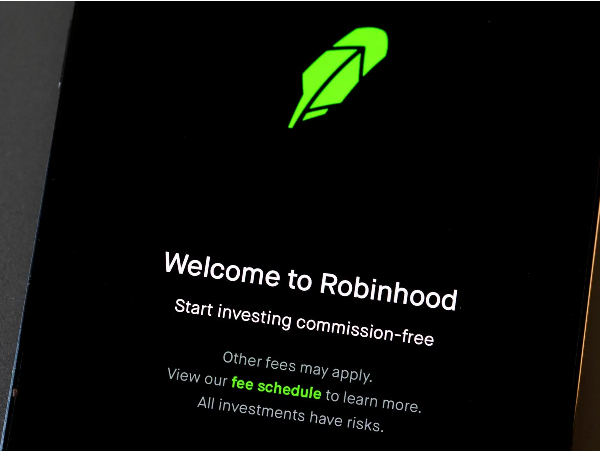




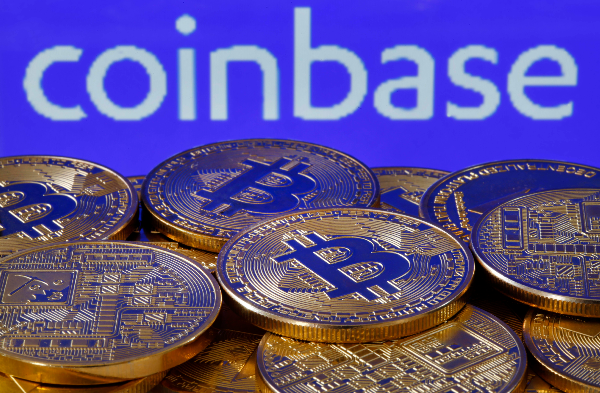
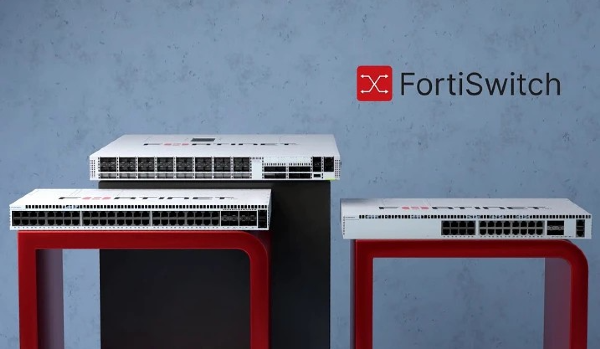








Why do companies choose not to pay dividends?
Dividends are payments made by a company to its shareholders, typically from profits, and are often seen as a sign of financial strength. Many investors, especially income-focused ones, expect regular dividends as part of their investment returns. However, not all profitable companies choose to distribute dividends. This raises a crucial question: Why would a company with healthy profits decide against paying dividends? Understanding this decision is essential for both investors aiming to maximize returns and business students studying corporate finance. In this article, we’ll explore how dividends work, why some companies refrain from paying them, and real-world examples of successful firms that have opted out of dividend payments.
What Are Dividends and How Do They Work? Dividends are portions of a company’s earnings distributed to shareholders, usually on a regular schedule. They can come in the form of cash dividends, which are direct payments, or stock dividends, where additional shares are issued. Dividends play a crucial role in delivering shareholder value, especially for those relying on consistent income streams. Companies often issue dividends when they have stable profits and limited reinvestment opportunities, signaling confidence in their financial future. Mature, well-established companies like utilities or consumer goods firms typically follow this model, whereas younger firms might chart a different course.
Common Reasons Companies Choose Not to Pay Dividends Many companies, especially in the growth phase, prioritize reinvestment in expansion over paying dividends. Businesses like Amazon and Tesla have historically reinvested profits into innovation, infrastructure, and market expansion to fuel long-term value creation. Others focus on preserving cash flow and liquidity, maintaining flexibility to navigate economic uncertainty or seize strategic opportunities. High debt levels may also prompt companies to prioritize debt repayment over shareholder distributions to protect their credit ratings and reduce financial risk. Additionally, tax considerations play a role—dividends may be taxed twice (corporate and personal level), making capital gains a more attractive option for many investors. Lastly, companies may avoid dividends to manage market perception, fearing future dividend cuts could signal weakness, and often tailor dividend strategies to their stage in the business lifecycle—with early-stage firms typically opting out, unlike their mature counterparts.
Case Studies: Notable Companies That Don’t Pay Dividends Several prominent companies have achieved immense success without issuing dividends. Alphabet Inc. (Google's parent company) has never paid a dividend, preferring to reinvest in R&D, acquisitions, and global expansion. Investors continue to support this approach due to strong capital appreciation. Similarly, Meta Platforms (formerly Facebook) has avoided dividends to fund its aggressive push into new technologies like virtual reality and AI. These companies demonstrate that shareholder value can be achieved through growth and innovation, not just direct payouts. Their success illustrates why skipping dividends can be a strategic, investor-supported decision when aligned with a long-term vision.
Evaluating Non-Dividend Stocks: What Investors Should Know When assessing non-dividend stocks, investors should adopt a total return approach, focusing on capital gains instead of dividend income. These companies often reinvest profits to fuel innovation, growth, or market expansion—decisions that can lead to significant stock price appreciation over time. Rather than providing short-term payouts, non-dividend stocks aim to increase long-term shareholder value through business growth and operational efficiency.
Key Metrics and Diversification Strategy To make informed decisions, investors should closely monitor metrics like earnings growth, revenue trends, return on equity (ROE), and free cash flow. Understanding how a company reinvests its earnings can reveal its potential to outperform in the future. While non-dividend stocks can carry higher volatility, they’re a powerful tool for portfolio diversification, especially when balanced with income-generating assets such as dividend-paying stocks or bonds.
Conclusion: Aligning Strategy With Company Goals Not paying dividends isn't a sign of weakness—it often reflects a company’s long-term growth strategy. Investors should evaluate whether a company's goals align with their own financial objectives and risk tolerance. For those seeking strong capital appreciation and long-term growth, non-dividend stocks may offer substantial upside. Ultimately, a balanced portfolio that reflects your unique strategy is key to long-term investing success.